Overcoming resistance to yoga and meditation in school
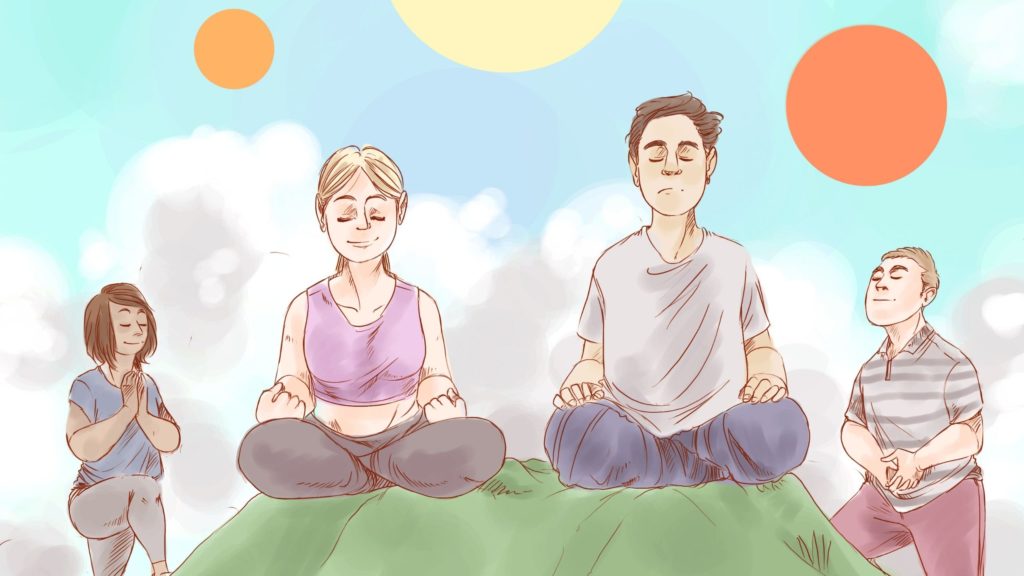
It is so exciting to see how wellbeing and mindfulness are being introduced into schools across the country this year.
Despite the growing awareness and opportunities, there are still so many barriers that we as yoga teachers have to overcome when introducing these programmes in schools.
Whilst these misconceptions can make life daunting, we hope this article can shed some light on how we have overcome the initial difficulties of launching our Teachfit programmes across many schools in London.
Yoga is religious
This was a barrier that we often encountered by parents who felt apprehensive in letting their children participate in yoga sessions. The purpose behind our TeachFit programme is in the name itself. It is designed to be fun, energetic and an inclusive way of introducing the exercise to children through yoga.
Our TeachFit programme has never been implemented through religious connations as we believe that yoga is all about doing what is right for your body and abilities. It is about giving children the choice to look after their health in fun ways and to give them the ability to make up their own poses. TeachFit helps to break down the stigma and preconception of Yoga.
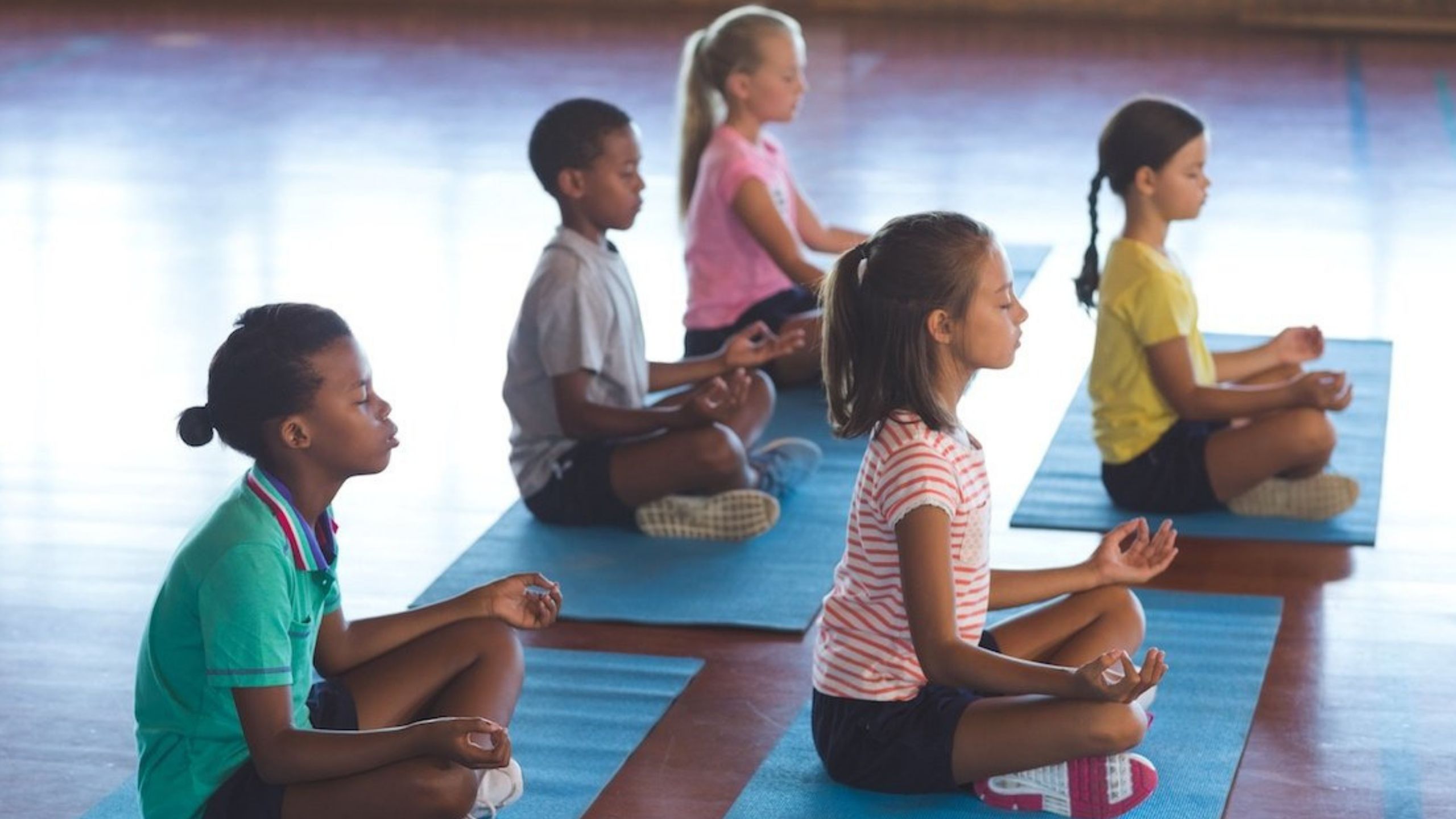
Yoga is for girls
This is by far the most common misconception we have come across the schools we have worked with – especially from the boys in Year 4 and onwards! What we have learnt is that there is nothing more effective than drawing a relation between yoga and something the students care about. We often talk to the children about how many footballers play football but also do Yoga, such as David Beckham!
By presenting children with evidence of key figures such as runners, athletes, and how yoga is something they do to get stronger, provides more evidence and motivation for them to also give it a go. Another great idea is to practice partner poses (same sex) where students hold onto one other while they balance. This is a fantastic way of building communication skills in children but also shows them how strength is an important part of doing yoga.
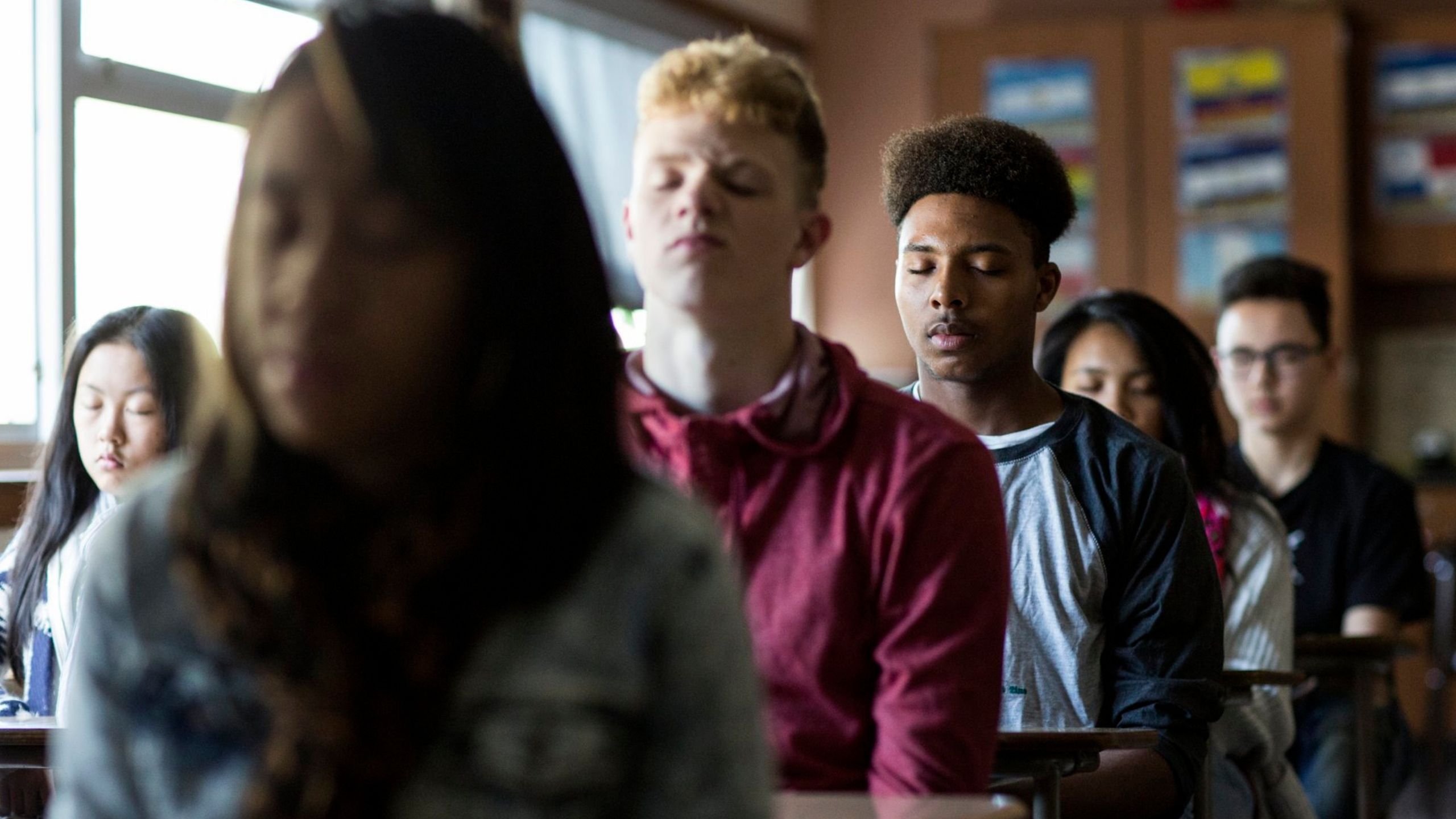
There is no time for yoga in the timetable
For us, this was probably one of the hardest things to hear since we know just how effective yoga can be in giving young students positive coping skills to deal with life stressors. Like most things, however, there is always a solution! Why not suggest a trial run whereby instead of the usual core PE sessions, the children take part in a term of yoga.
At the end of the day, we do what we do for the students so getting them involved in shaping the focus of the classes and giving them a say in what they prefer, really gives them a presence and confidence in being a part of their education.
Try introducing just 5 minutes a day into your class schedule for Yoga – either at the start of the day or just before the end. This could be something really simple with the children sat at their desks where perhaps everyone stands up and does a sequence of stretches when a bell is rung. Giving the bell to different children will increase that feeling of being part of the mindfulness sessions.
Kirsty leads a great desk-time yoga routine in this video which you can use in your school timetable.
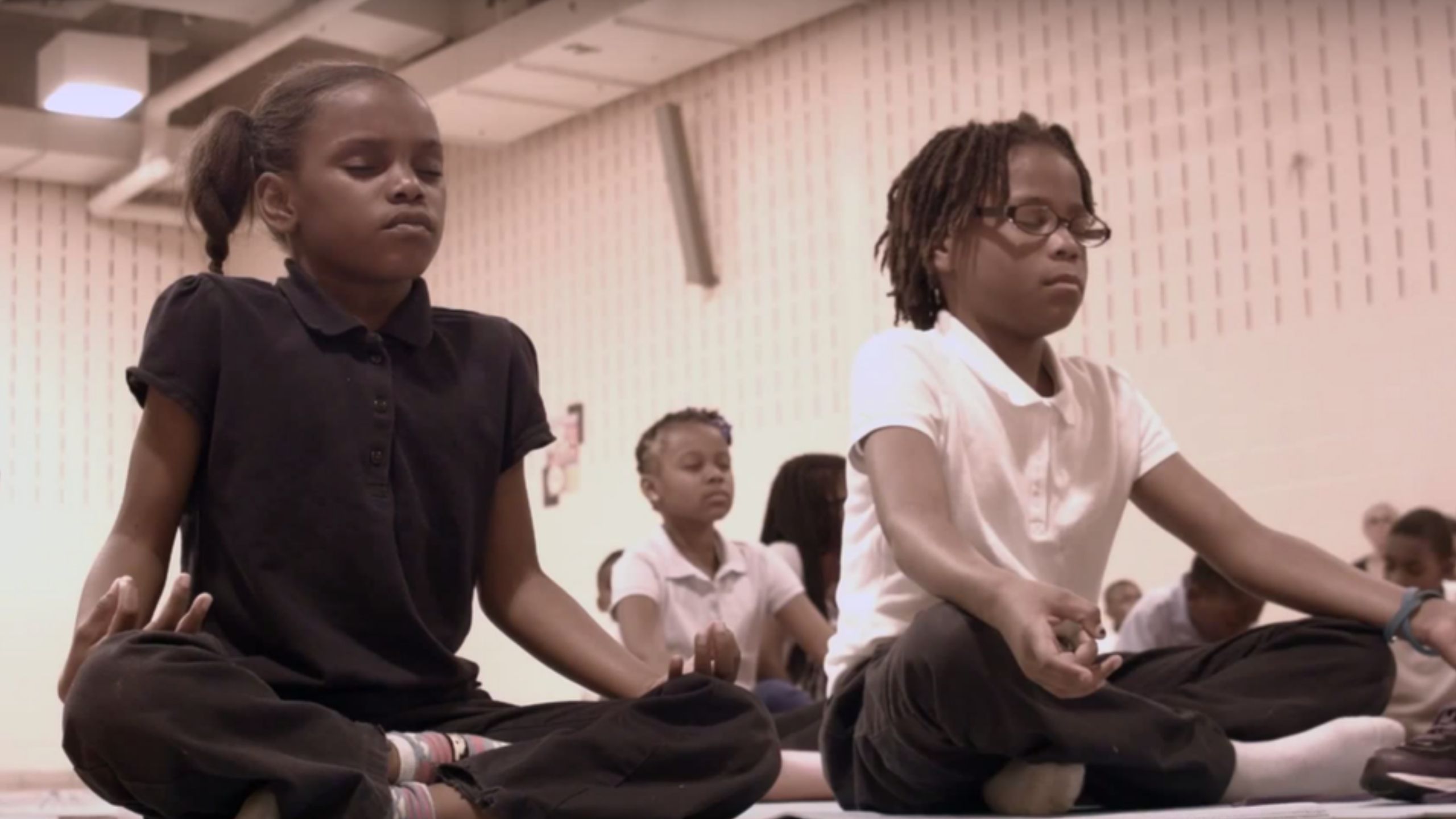
Meditation is not for children
Did you see in this article on how a school in Baltimore has replaced detention with meditation? (Link article below) Not only was this an incredibly forward-thinking idea in 2016, but it also worked. All that needs to be changed is the language for children as the basic principle is the same. Perhaps even using the language of ‘relaxation’ rather than meditation might help both the children and parents understand what the practice is used for.
Why not even suggest holding a meditation session for teachers and parents so that everyone feels part of the schools initiative, as well as relaxed! Have a look at Kirsty’s meditation that could be used here.
While it is totally normal to have these obstacles, please do not be disheartened. If you are coming up against anything in your school and would like to chat with one of us for advice then please do reach out so we can help.






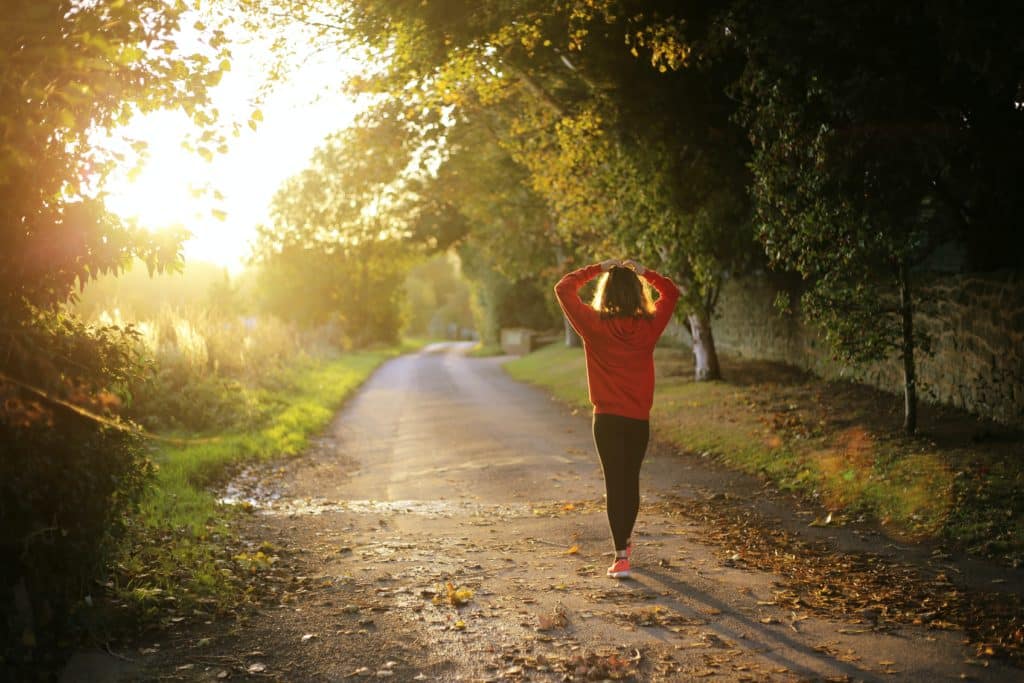
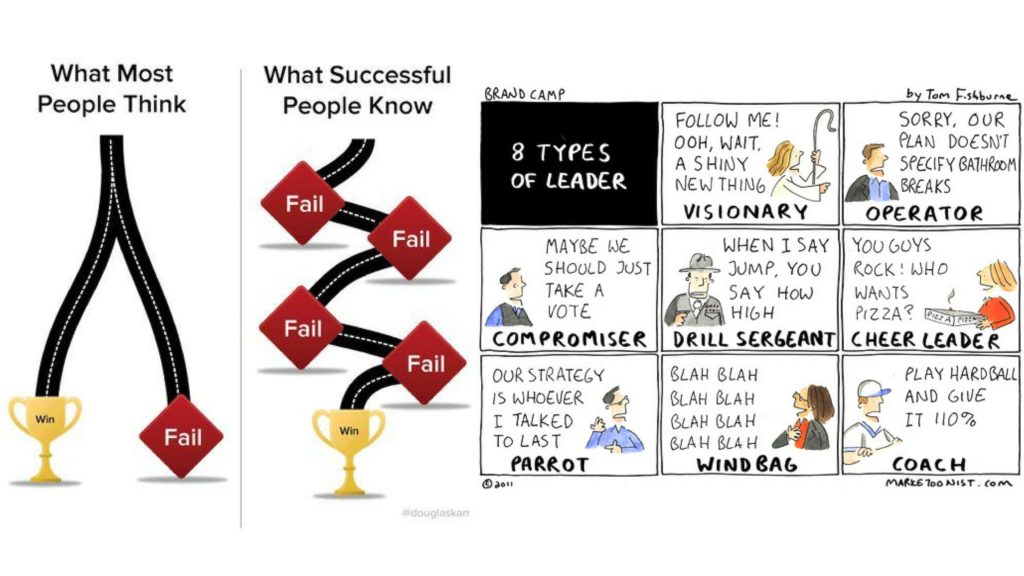
Responses